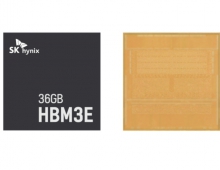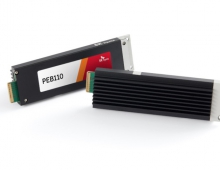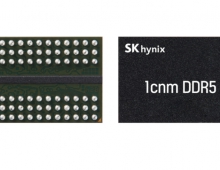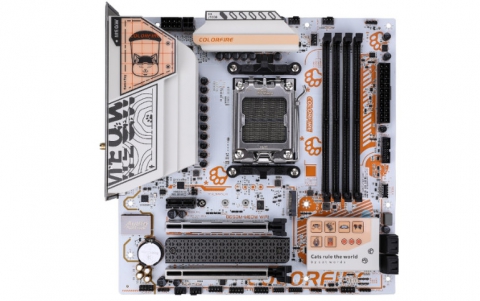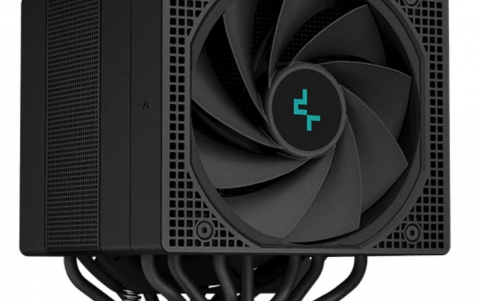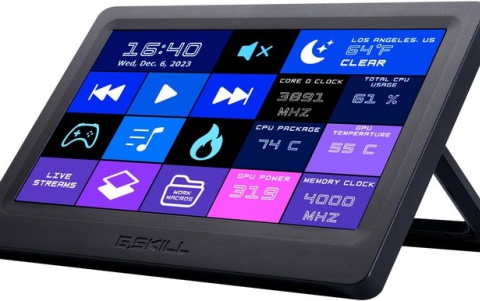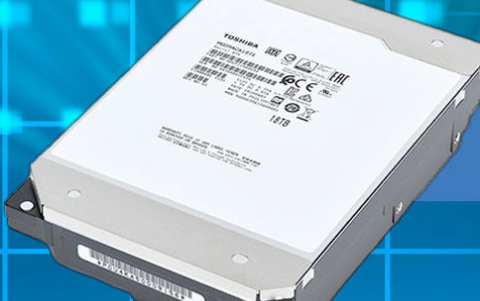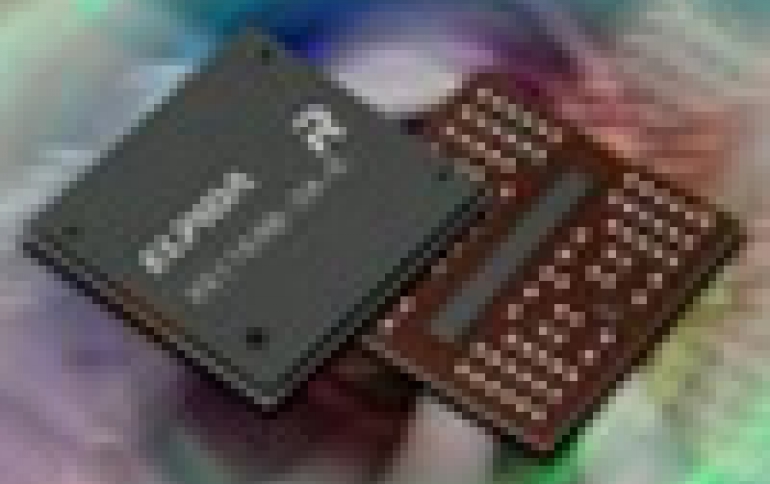
Elpida Develops Faster Wide IO Mobile DRAM Product
Elpida Memory, the third largest Dynamic Random Access Memory
manufacturer in the world, has developed the first 4-gigabit
next-generation mobile memory chips for smart phones, tablet PCs and other mobile devices.
The new DRAM achieves compliance with the "Wide IO" international
standard for mobile memory and has a data transfer rate that is four
times faster than current mobile memory chips. Hence, it supports
dramatic improvement in video and audio functionality.
The new Wide IO Mobile RAM uses a 30 nanometer manufacturing process. Sample shipments will begin in December 2011 and volume production is likely to start in 2012. Also, sample shipments of a four-layer 16-gigabit product are scheduled to begin in March next year.
The most important feature of the newly developed DRAM is that it achieves a data transfer rate of 12.8 gigabytes per second (12.8 GB/s) that is four times faster than LPDDR2, the current leading DRAM preference for mobile devices. When compared with LPDDR2 based on equivalent data transfer rates, the new DRAM consumes roughly 50% less power.

Wide IO Mobile RAM has around 1200 interface pins, including 512 I/O (Input/Output) pins, to enable SoC (System on Chip) connections. Through Silicon Via (TSV) technology that can stack together multiple chips in a vertical configuration is necessary to meet the demand for higher memory density. In June this year Elpida began shipments of the 8-gigabit DRAM (four layers of 2-gigabit DDR3), a product manufactured using TSV technology.
At present Elpida is developing a 16-gigabit DRAM based on stacking four 4-gigabit Wide IO Mobile RAM chips. Compared with existing PoP (Package on Package) products, the 16-gigabit DRAM is expected to be thinner and smaller by using TSV. The current memory package for mobile devices (SoC plus a 4-layer PoP) has a height of 1.4mm. However, Elpida's TSV technology package (SoC plus a 4-layer TSV) has a height of 1.0mm, which makes it about 30% thinner.
The new Wide IO Mobile RAM uses a 30 nanometer manufacturing process. Sample shipments will begin in December 2011 and volume production is likely to start in 2012. Also, sample shipments of a four-layer 16-gigabit product are scheduled to begin in March next year.
The most important feature of the newly developed DRAM is that it achieves a data transfer rate of 12.8 gigabytes per second (12.8 GB/s) that is four times faster than LPDDR2, the current leading DRAM preference for mobile devices. When compared with LPDDR2 based on equivalent data transfer rates, the new DRAM consumes roughly 50% less power.

Wide IO Mobile RAM has around 1200 interface pins, including 512 I/O (Input/Output) pins, to enable SoC (System on Chip) connections. Through Silicon Via (TSV) technology that can stack together multiple chips in a vertical configuration is necessary to meet the demand for higher memory density. In June this year Elpida began shipments of the 8-gigabit DRAM (four layers of 2-gigabit DDR3), a product manufactured using TSV technology.
At present Elpida is developing a 16-gigabit DRAM based on stacking four 4-gigabit Wide IO Mobile RAM chips. Compared with existing PoP (Package on Package) products, the 16-gigabit DRAM is expected to be thinner and smaller by using TSV. The current memory package for mobile devices (SoC plus a 4-layer PoP) has a height of 1.4mm. However, Elpida's TSV technology package (SoC plus a 4-layer TSV) has a height of 1.0mm, which makes it about 30% thinner.

